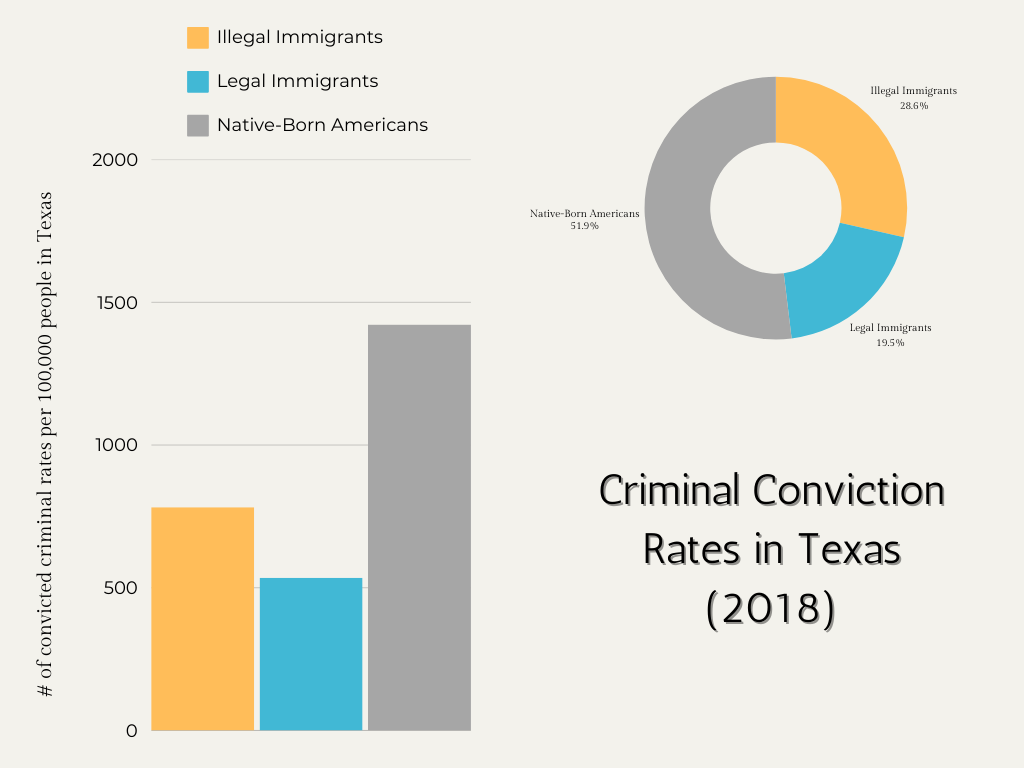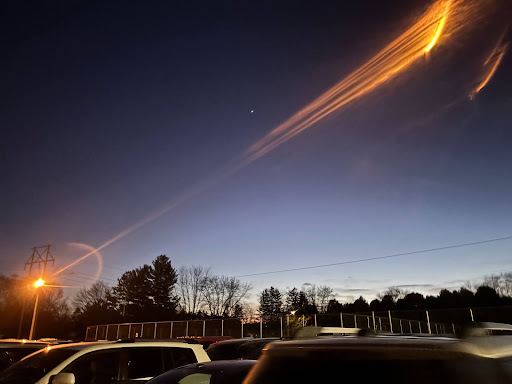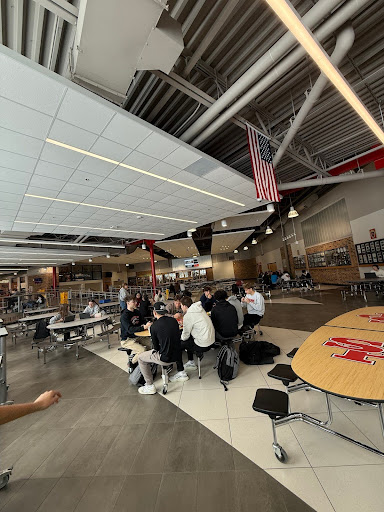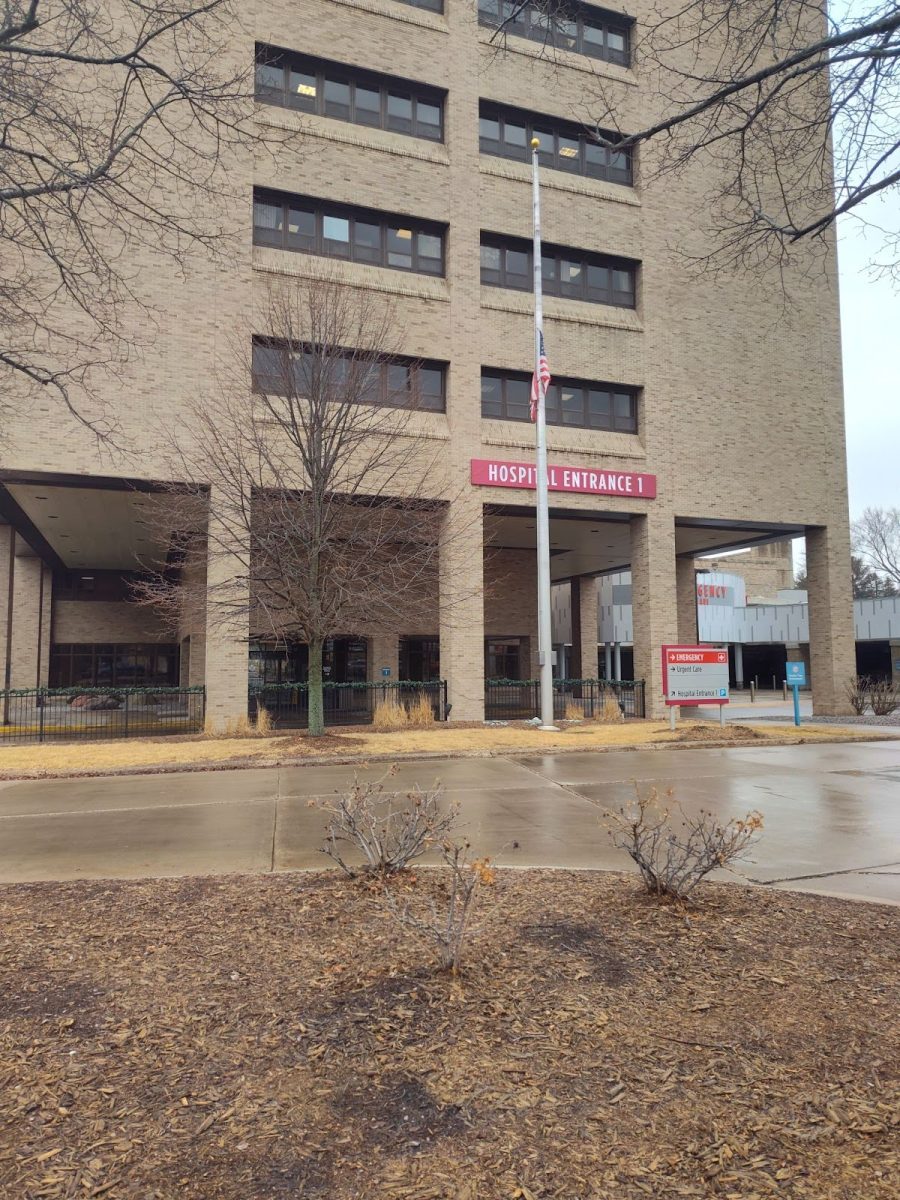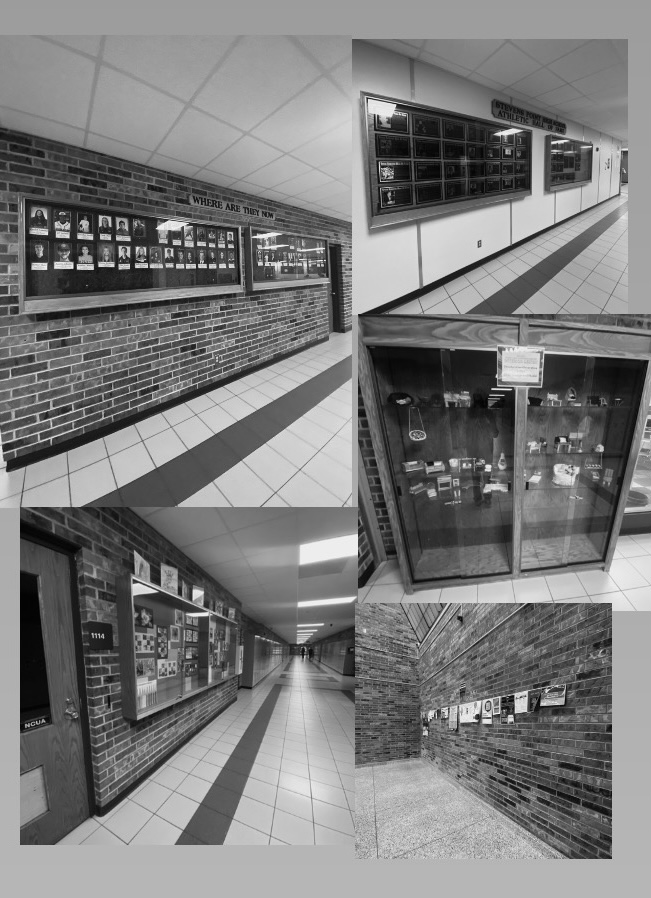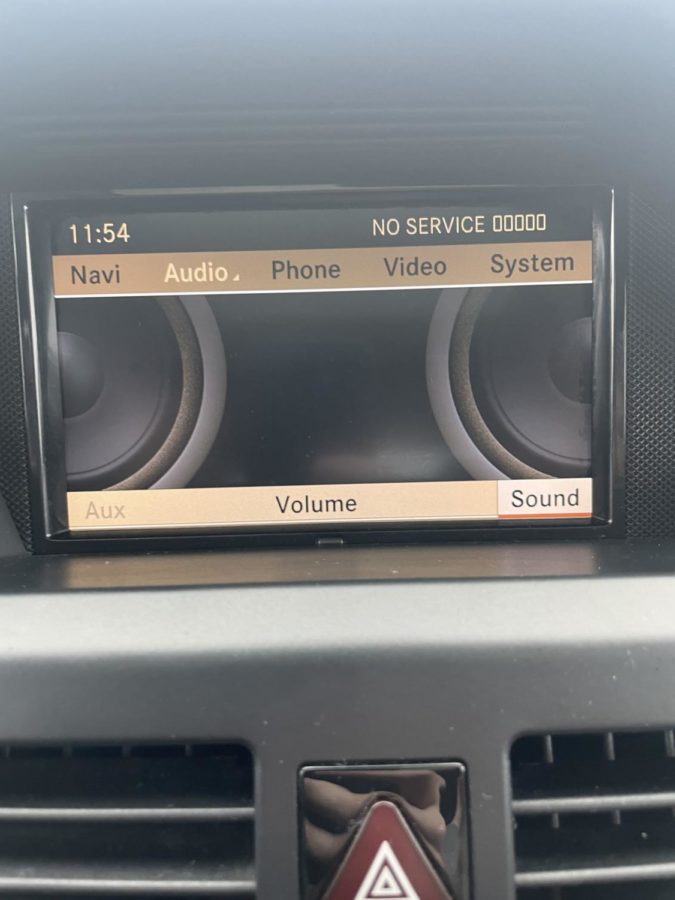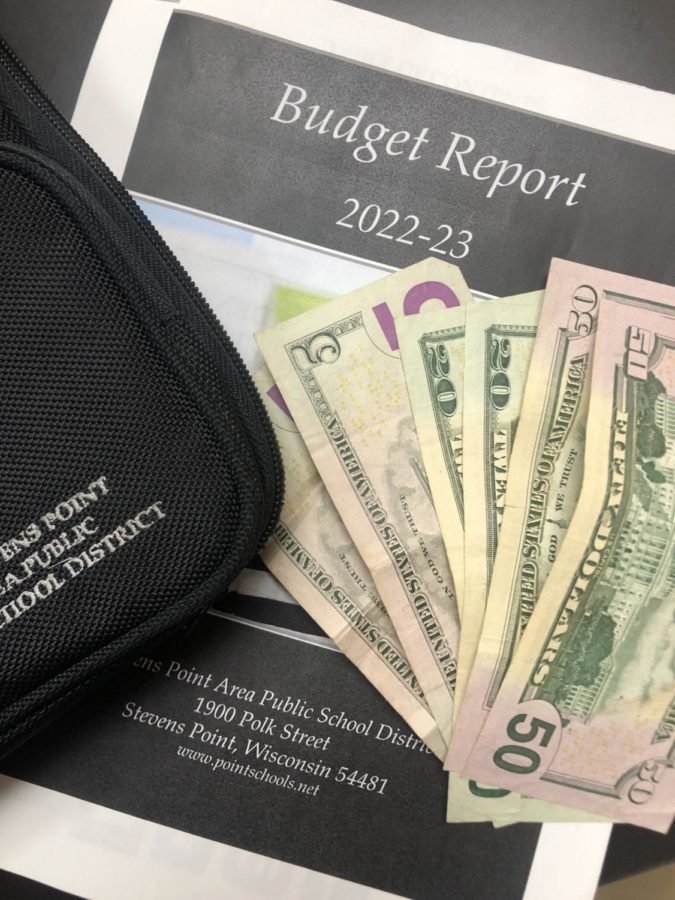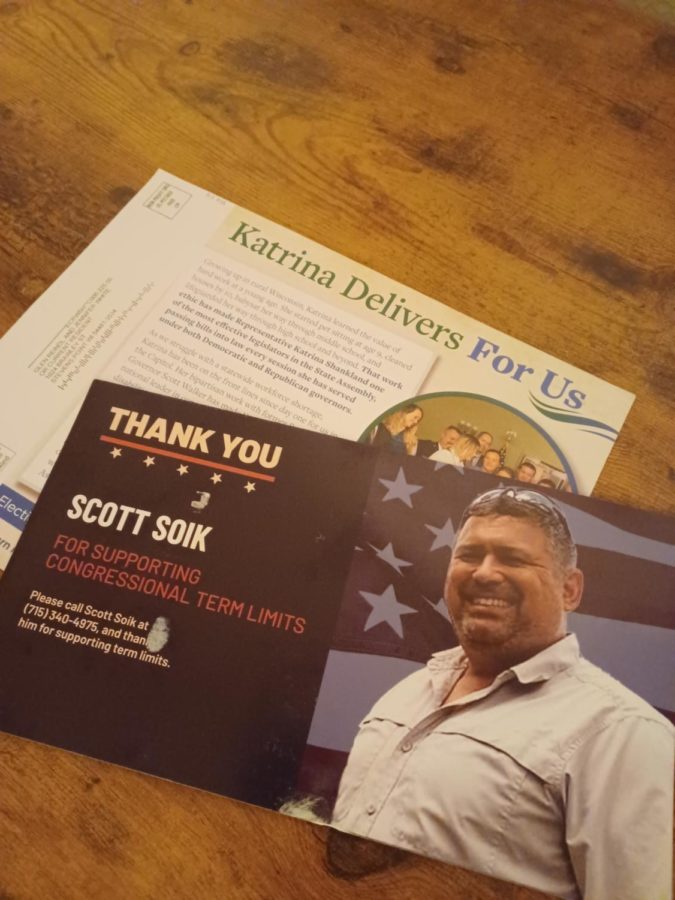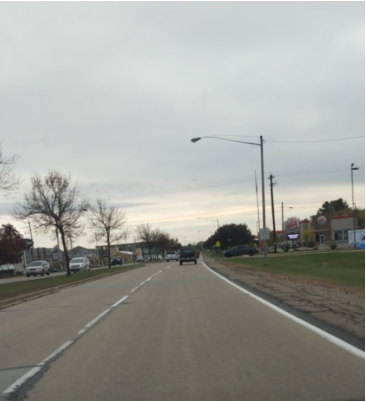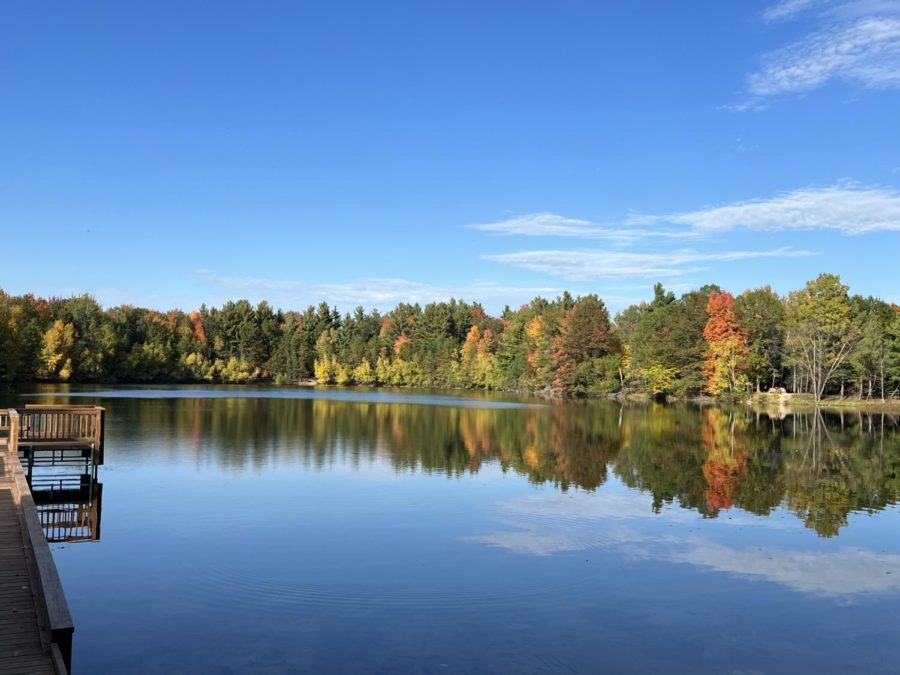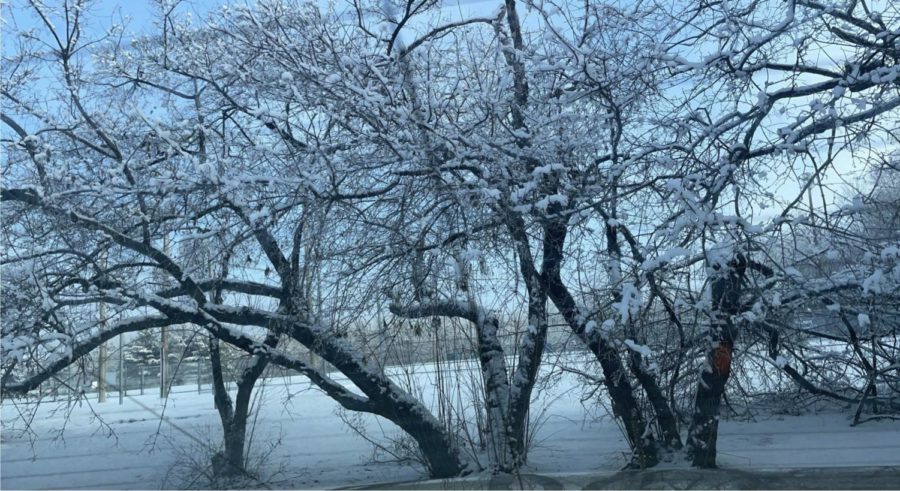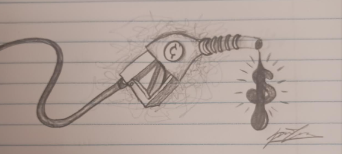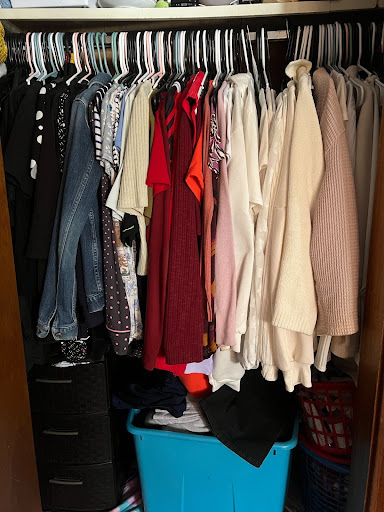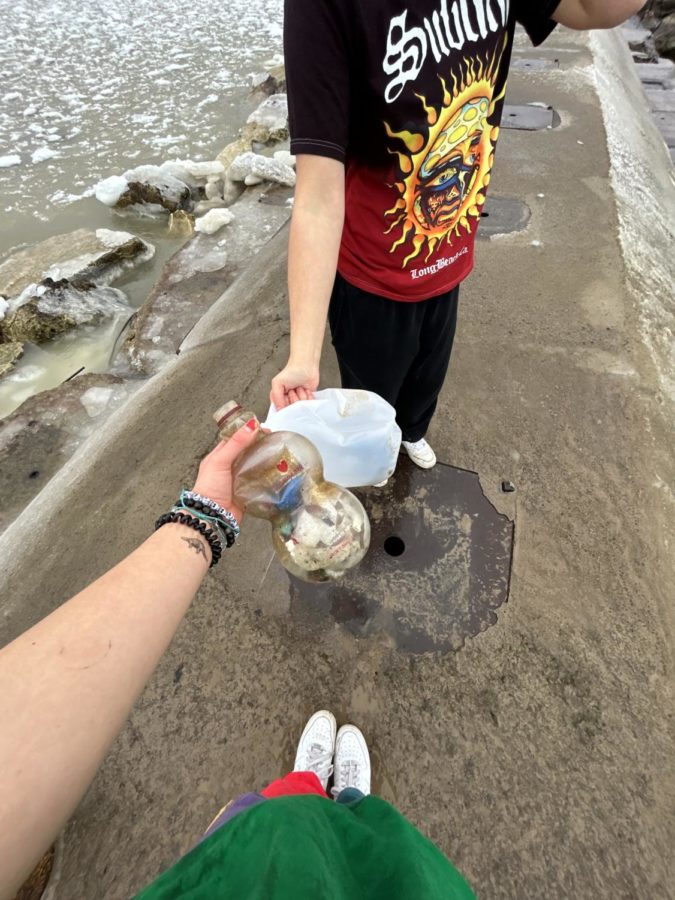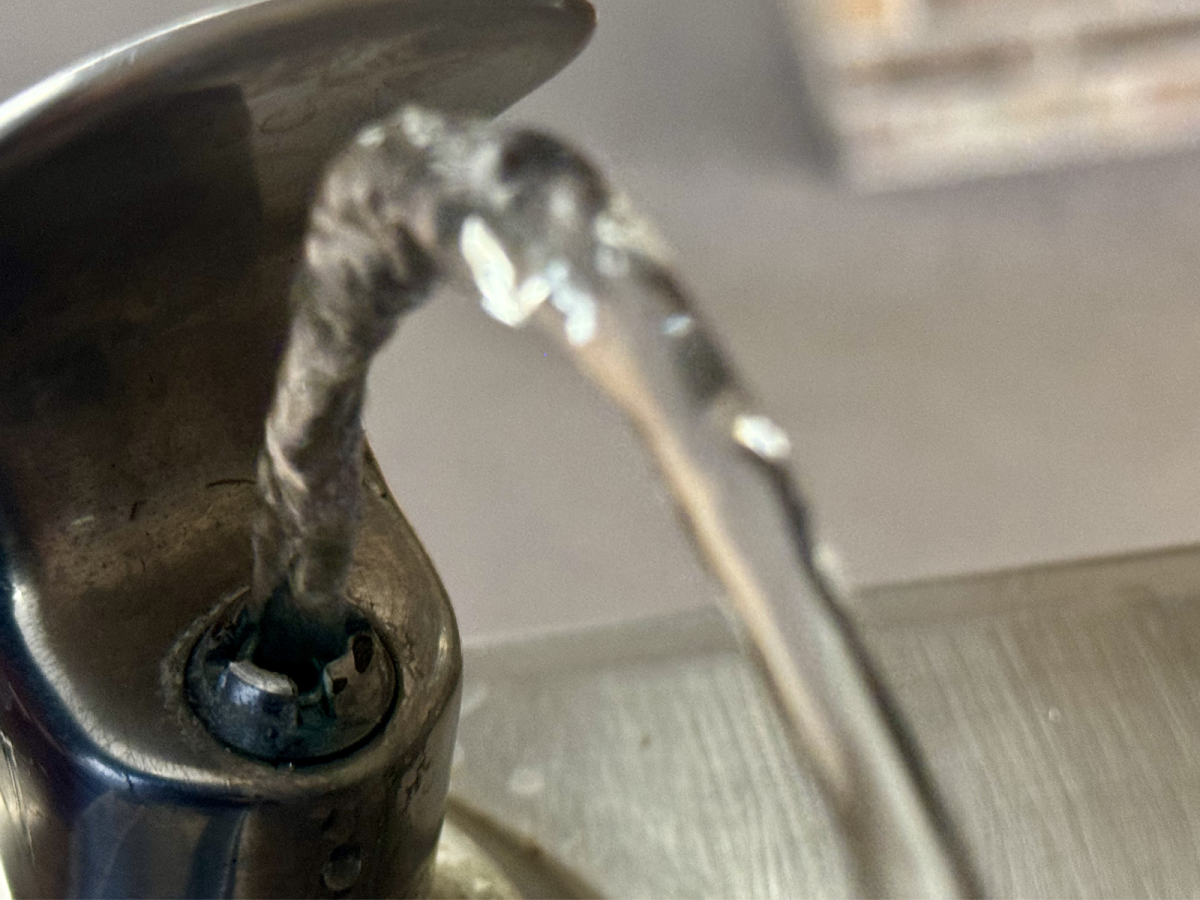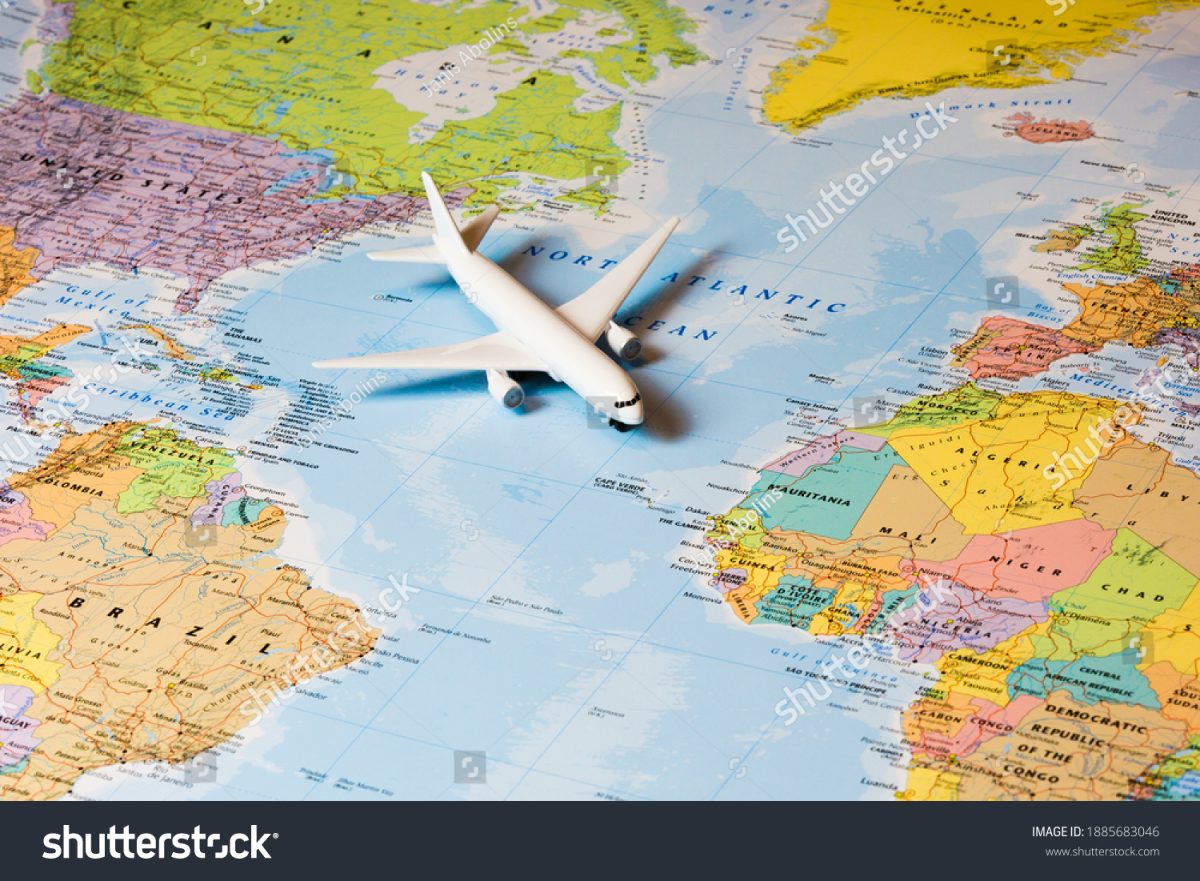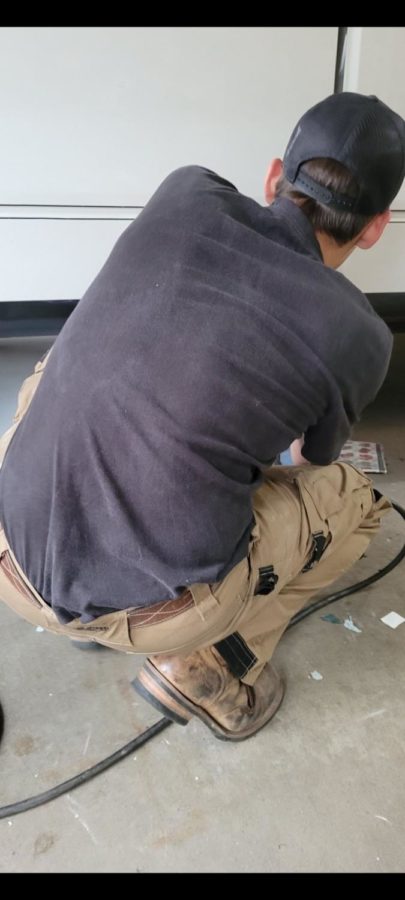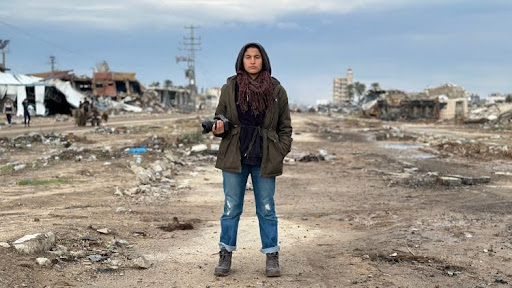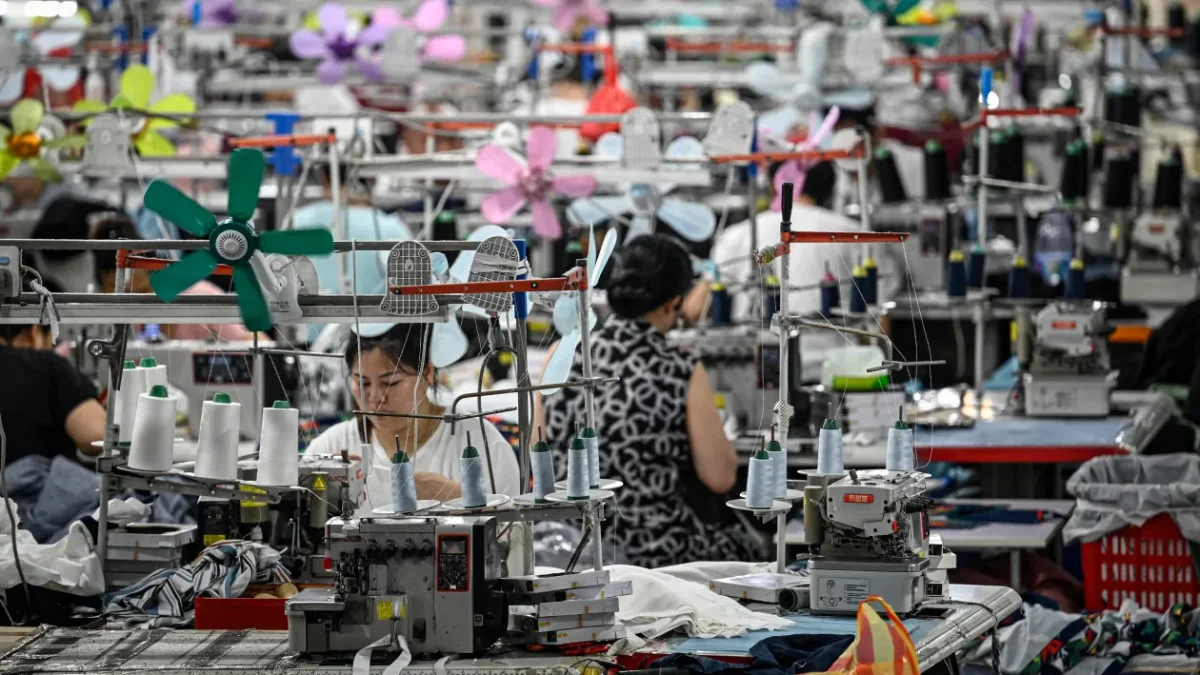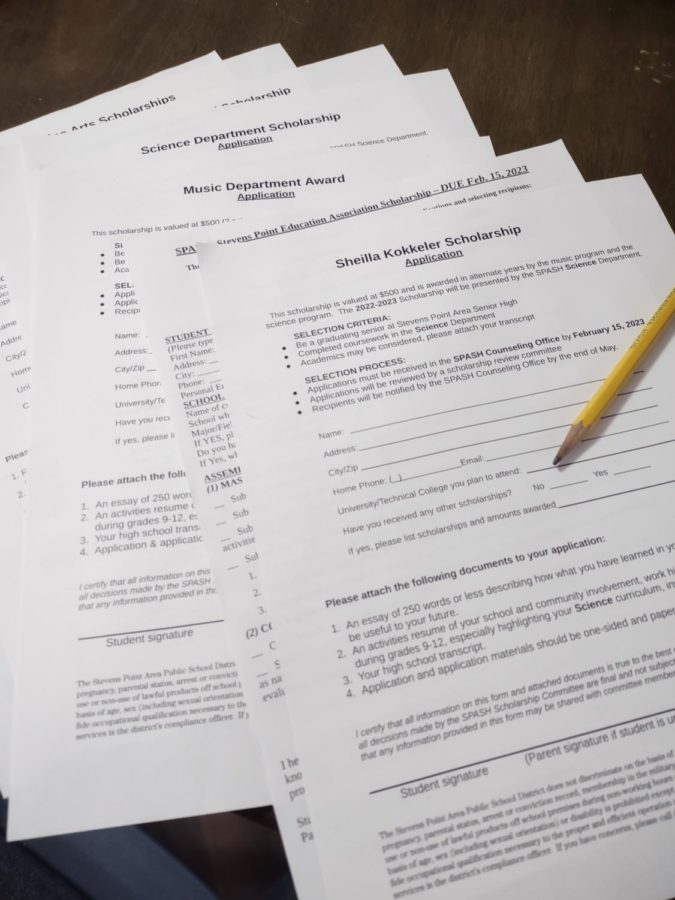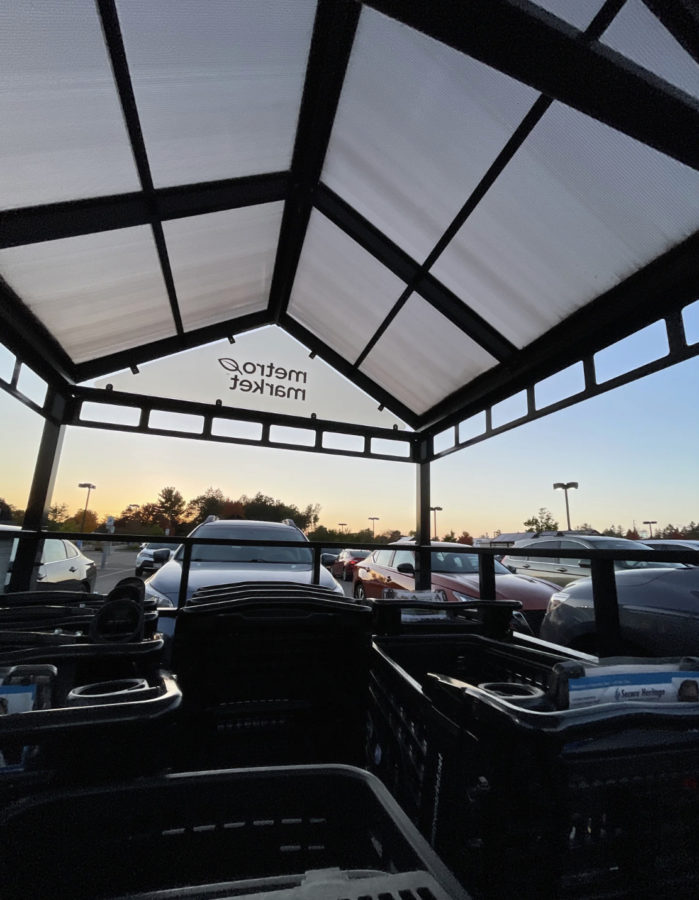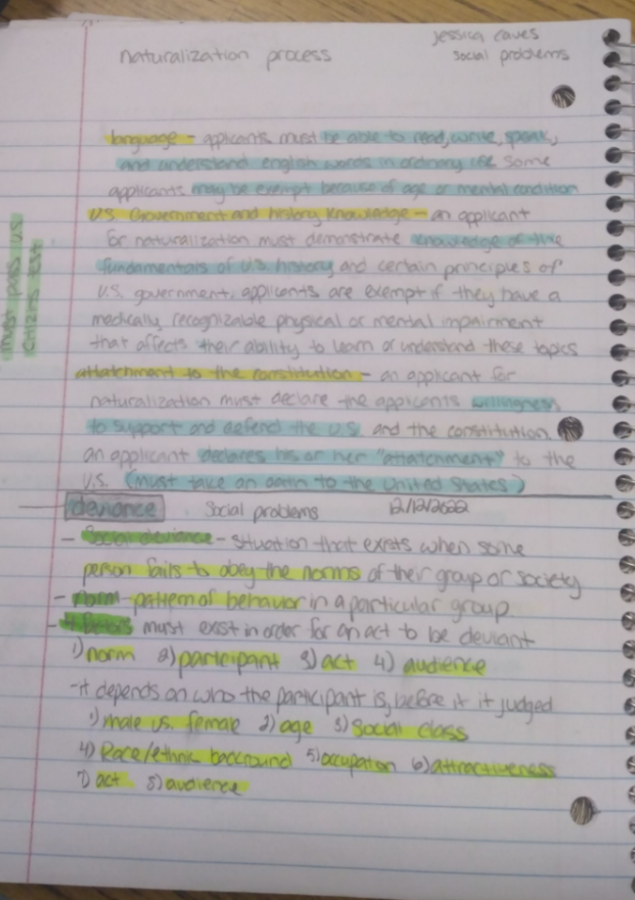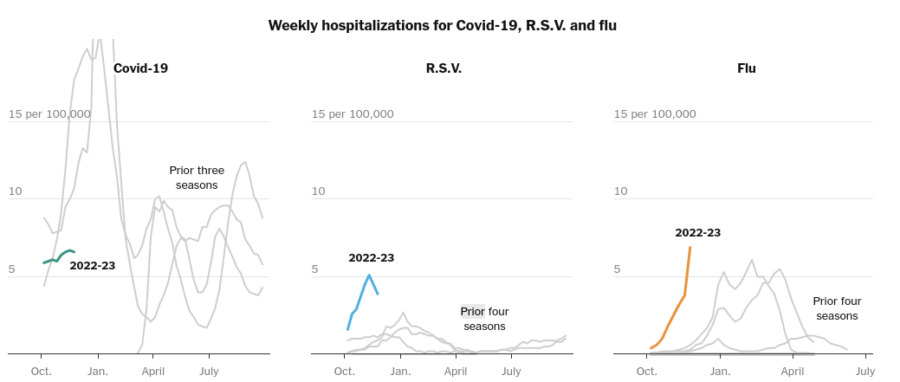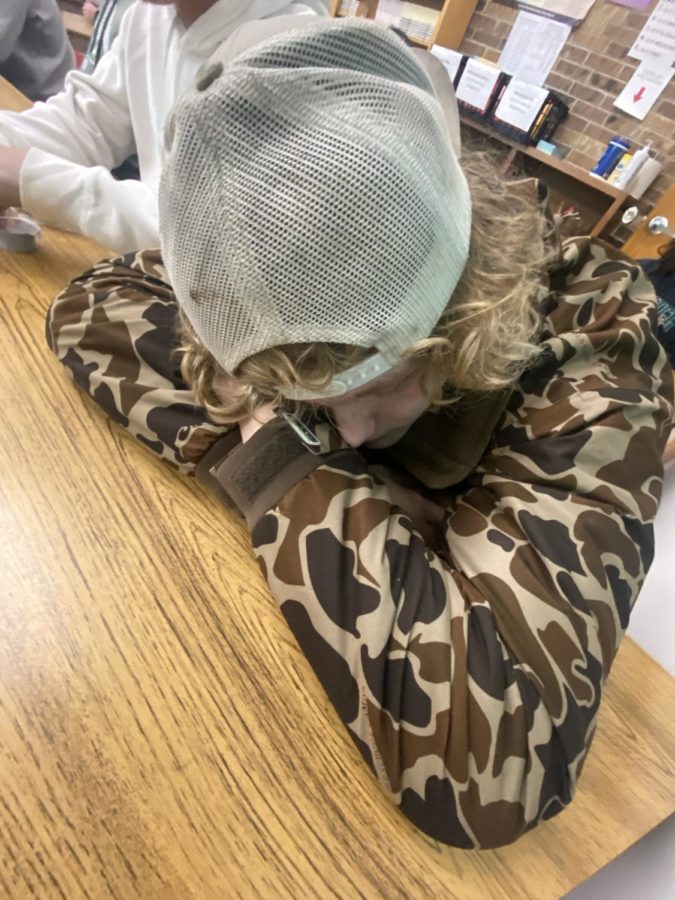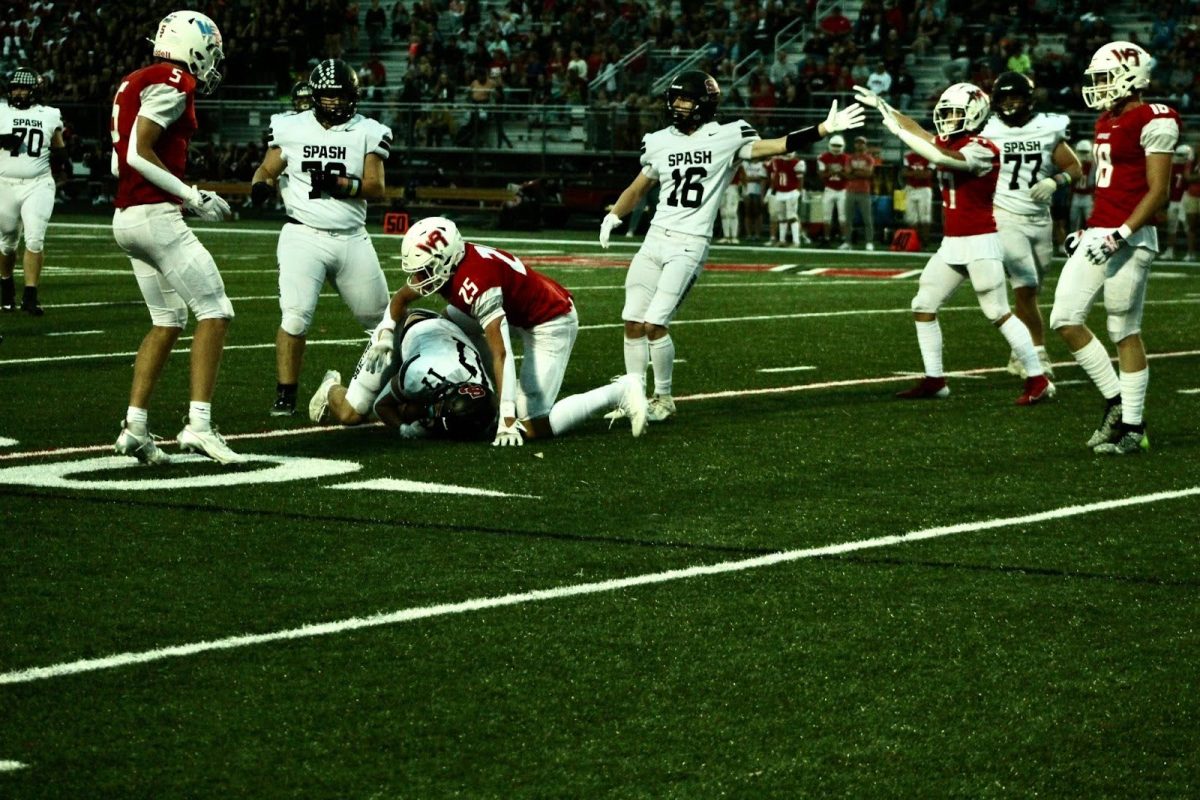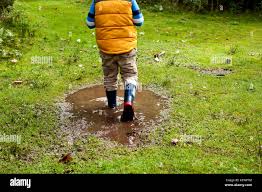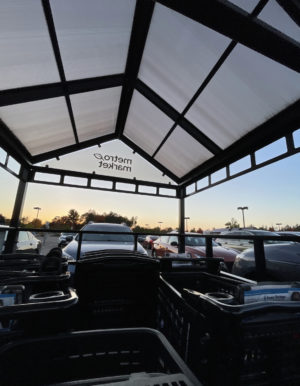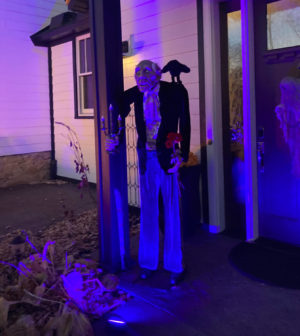“Black Snake”
November 8, 2021
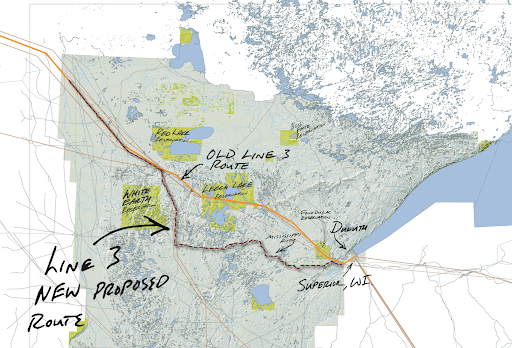
A trend in casualties from oil extraction suggests that Enbridge’s new oil pipeline is a ticking time bomb for yet another step towards the climate crisis. The Canadian company, Enbridge, is on its way to building a pipeline called Line 3 that will transport nearly a million barrels of tar sands per day from Alberta, Canada to Superior, Wisconsin. Water protectors and Native American communities are highly skeptical of this project because of the damage it can bring to the bodies of water it cuts through. A spill would directly threaten the biome, including humans that depend on these water sources.
An analysis of oil and gas pipeline safety of Enbridge Inc. reveals a troubling history of spills, contamination and relocation of residents near spill sights. According to a spill report on line 6B by the United States Environmental Protection Agency “Once completed, the NEBA relative risk rankings were overlaid with submerged oil tactical areas. These tactical areas were areas of the Kalamazoo River that had moderate or heavy submerged oil poling results.” The NEBA, a spill evaluation system, concluded that the spill response from the company’s part only covered the visible oil on the surface of the water. These reckless response tactics are exactly what environmentalists fear, besides the irreversible disruption of the habitats once they have been polluted.
Ecologically, if the habitat of aquatic ecosystems is altered, it can disrupt the conditions needed for reproduction. This can be detrimental for the economy because there will be decreased fishing and tourism. Think of an ecosystem as a Jenga tower, each abiotic factor and organism is one block that sustains the balance of the tower. Let’s pretend the pH level of the water is one of the blocks. An oil spill would disturb the pH level, equivalent to knocking down one of the blocks. Now the tower is susceptible to instability. Take out some more blocks and the tower can easily be knocked down by a simple brezee. As humans, we are dependent on these ecosystems to sustain our lifestyle, whether it is to obtain drinkable water or consume the seafood in our diets.
The construction of this pipeline continues to carry out the American legacy of violating the rights of Indigenous peoples. This project specifically violates the Treaties of 1854 and 1855 which gives the Anishinaabe full land use and hunting rights in the area of construction, more specifically Minnesota’s Arrowhead region. Furthermore, Indegenous groups, such as the Anishinaabe, claim that this pipeline is detrimental to their communities, Line 3 cuts through fields of wild rice beds, their primary economic, nutritional, and cultural resource.
Such a push regardless of the opposition from the public can be explained by the outcome—profit. Canada’s economy is looking for a fast source of income so they can revitalize their economy after the pandemic. Temporary man camps needed to build these pipelines are the perfect solution to stimulate the flow of the economy. The firelight group, a group that works with tribal communities in Canada to provide high quality research, describes this trend “However, the push for economic recovery is resulting in efforts to fast-track major projects and bypass environmental and socio-economic oversight, in violation of Indigenous rights.”
Victor Akemann, a water protector and teacher of the Science Department at SPASH describes the push for continuing the expansion of oil pipelines as the “Resistance to the resistance”. Meaning the resistance for the defiance to what is believed to have unequal effects and results for different groups. “It is really more about volume, about getting it to the processing facilities quickly, because if you do that the people who are responsible for that transport make tons of money”. Line 3 has a wider diameter than the previous pipelines installed by Enbridge, which is said to transport oil faster. Furthermore Mr.Akemann points out the broken promises made by politicians in the past to halt any further projects related to oil piping in Minnesota.
The U.S and Canada have a long history of expanding businesses at the expense of nature and indegenous rights. Efforts have been made by different groups regarding the construction of more oil machinery. Water protectors from Native American communities have stepped in with the help of allies since the pipeline was proposed in 2014. However, criminalization of peaceful protesting has made it more challenging for them to protect water resources as many of them are arrested for standing up for their rights. Native activists like the ones that created stopline3.org have made supporting this cause more accessible for the public. On the other hand, oil companies and other parts of the government stand strong in their decision to expand the oil industry, denying harms that have been caused and justifying this industry.


